High Man Basketball number 87
1954
79 3/8 x 53 1/4 inches
Oil on canvas
Signed lower E de K
Ex-collection
The artist and her estate until the present
Literature:
Paul Schimmel; Judith E Stein; Newport Harbor Art Museum, The Figurative fifties: New York figurative expressionism (Newport Beach, California: Newport Harbor Art Museum; New York: Rizzoli, 1988) page 63 plate 5
Elaine de Kooning A Retrospective ,Jane K. Bledsoe, Lawrence Campbell, Helen Amy Harrison, Elaine De Kooning, Rose Slivka, Georgia Museum of Art, 1992
Exhibitions:
The Figurative fifties: New York figurative expressionism Paul Schimmel; Judith E Stein; Newport Harbor Art Museum,Newport Beach, California: Newport Harbor Art Museum 1988
Elaine de Kooning A Retrospective ,Jane K. Bledsoe, Lawrence Campbell, Helen Amy Harrison, Elaine De Kooning, Rose Slivka,” Georgia Museum of Art, Athens, March 21 – May 3, 1992; Santa Barbara Museum of Art, California, August 8 – November 1, 1992; Maryland Institute of the Arts, Baltimore, January 22 – February 21, 1993; Arkansas Arts Center, Little Rock, March 4 – April 11, 1993; Huntsville Museum of Art, Alabama, May 2 – June 13, 1993; Heckscher Museum, Huntington, New York, November 26, 1993 – January 30, 1994.
In the 1950s, Elaine de Kooning used the Abstract Expressionist style of “action painting” to create sexually- charged images of men. Elaine’s often faceless representations of the male form, which range from anonymous basketball players to her famed commissioned images of John F. Kennedy, pervert or subvert the traditional artist-sitter relationship, and make her sitter subject to a female gaze. The basketball players in particular almost appear as a 20th-century retroversion of Edgar Degas’ amorous, voyeuristic images of young female ballet dancers — nameless, faceless, elegant female forms drawn and painted tirelessly by a 19th-century male at the forefront of Impressionism, 100 years earlier, seeming antiquated alongside de Kooning’s expression of female power. De Kooning’s portraits of men are fascinating because she reverses the standard male artist/female model dynamic and in many of her portraits she captures the sexual power of her subjects, challenging the male privilege of looking and female role of object to be looked at. She was not, however, attempting to reverse the power dynamic by placing men in the western tradition of the passive reclining female pose, nor was she dismantling the anonymous male body by employing an Abstract Expressionist style. De Kooning’s bold action to paint men as sexual objects in the conformist fifties is not a revelation to those who knew her, because she was an independent woman who defied gender stereotypes in many ways. But, her innovative portraits of men are a revelation to many because de Kooning’s creative contributions have been largely overlooked in the general texts on Abstract Expressionism. However, an analysis of de Kooning’s portraits of men expands the revisionist literature on Abstract Expressionism because her depiction of male sexuality calls into question issues of gender, power, and sexuality that inform both psychoanalytic and modernist discourses. What is the viewer to think of de Kooning, a woman artist, who was a central figure within the male-dominated Abstract Expressionist movement. Perhaps de Kooning’s remark in 1987 makes it perfectly clear what we, the viewers, are to think: “…women painted women: Vigée-Lebrun, Mary Cassatt, and so forth. And I thought, men always painted the opposite sex, and I wanted to paint men as sex objects”

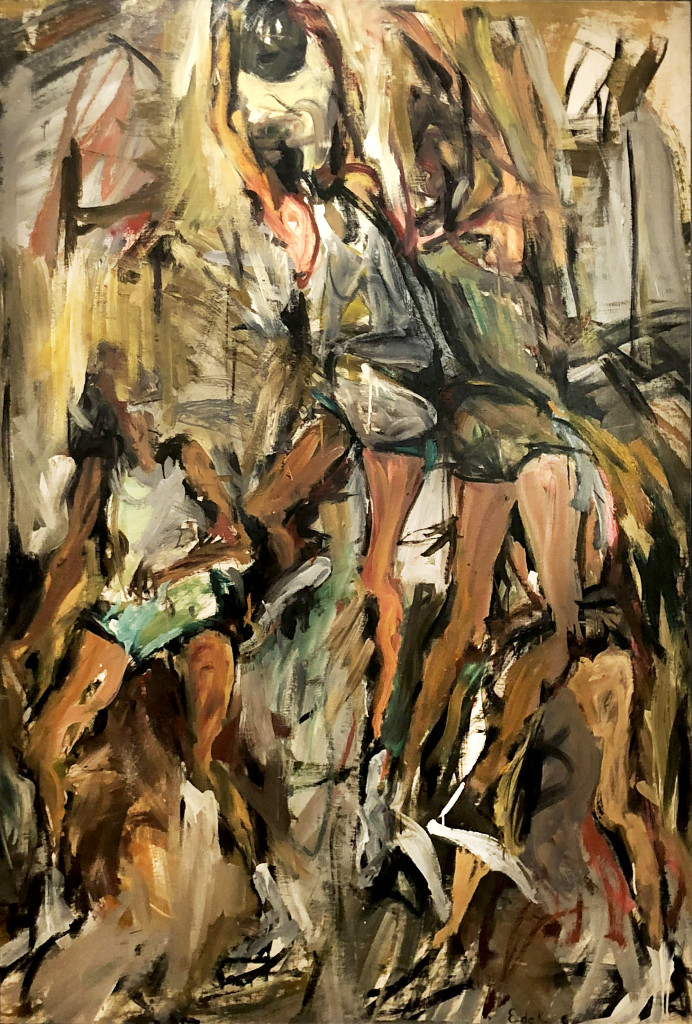
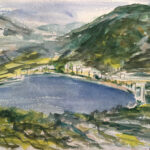 Untitled
Untitled
 Theme Of The Bull #14
Theme Of The Bull #14
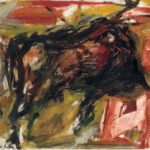 Bull
Bull
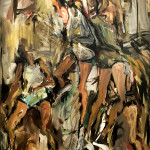 High Man Basketball number 87
High Man Basketball number 87
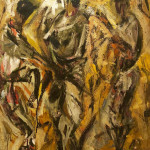 Ball Players
Ball Players
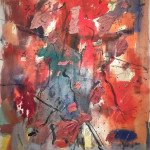 Untitled
Untitled
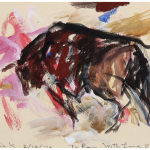 Bull Fighting
Bull Fighting
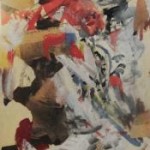 Untitled Abstraction (Collage)
Untitled Abstraction (Collage)
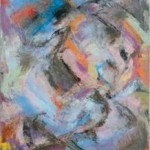 Untitled
Untitled
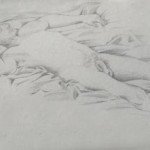 Bill Asleep
Bill Asleep
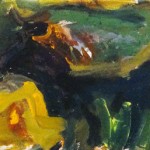 Green Bull
Green Bull
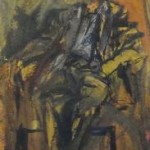 Seated Man
Seated Man
 Untitled (Collage)
Untitled (Collage)
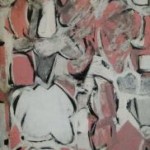 Untitled (24.S)
Untitled (24.S)
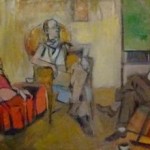 The Living Room (Joop Sanders and Willem de Kooning)
The Living Room (Joop Sanders and Willem de Kooning)
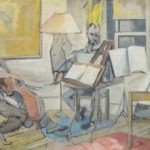 The Music Party (Daniel Alain Brustlein on cello and Edwin Dickinson on violin)
The Music Party (Daniel Alain Brustlein on cello and Edwin Dickinson on violin)
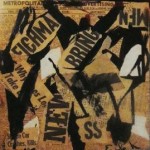 Untitled
Untitled
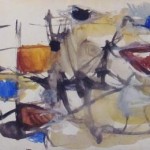 Untitled (Abstraction)
Untitled (Abstraction)
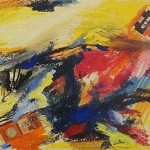 Arena (Collage)
Arena (Collage)
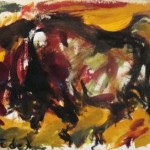 Standing Bull
Standing Bull
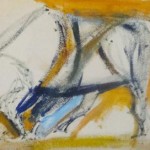 Abstraction (Standing Bull)
Abstraction (Standing Bull)
 Untitled
Untitled
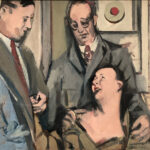 An Opening Egan Gallery (Portrait of Betsy Egan)
An Opening Egan Gallery (Portrait of Betsy Egan)
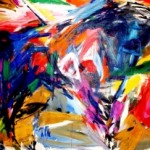 Standing Bull #3
Standing Bull #3
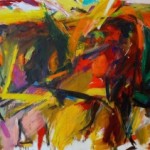 Bullfight
Bullfight
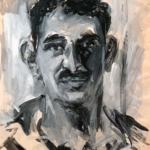 Portrait of Harold Rosenberg
Portrait of Harold Rosenberg
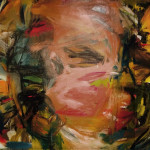 Man in Hiding
Man in Hiding
 Sure Thing
Sure Thing
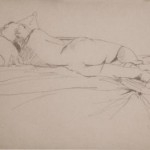 Portrait of Bill (Number 4)
Portrait of Bill (Number 4)
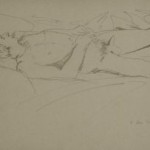 Portrait of Bill (Number 2)
Portrait of Bill (Number 2)
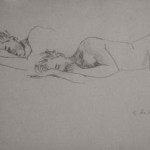 Portrait of Bill (Number 3)
Portrait of Bill (Number 3)
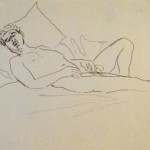 Portrait of Bill (Number 6)
Portrait of Bill (Number 6)
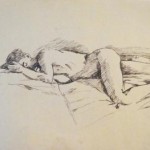 Portrait of Bill (Number 5)
Portrait of Bill (Number 5)
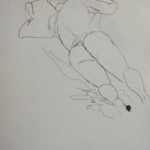 Portrait of Bill (Number 1)
Portrait of Bill (Number 1)
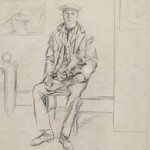 Portrait of Bill
Portrait of Bill